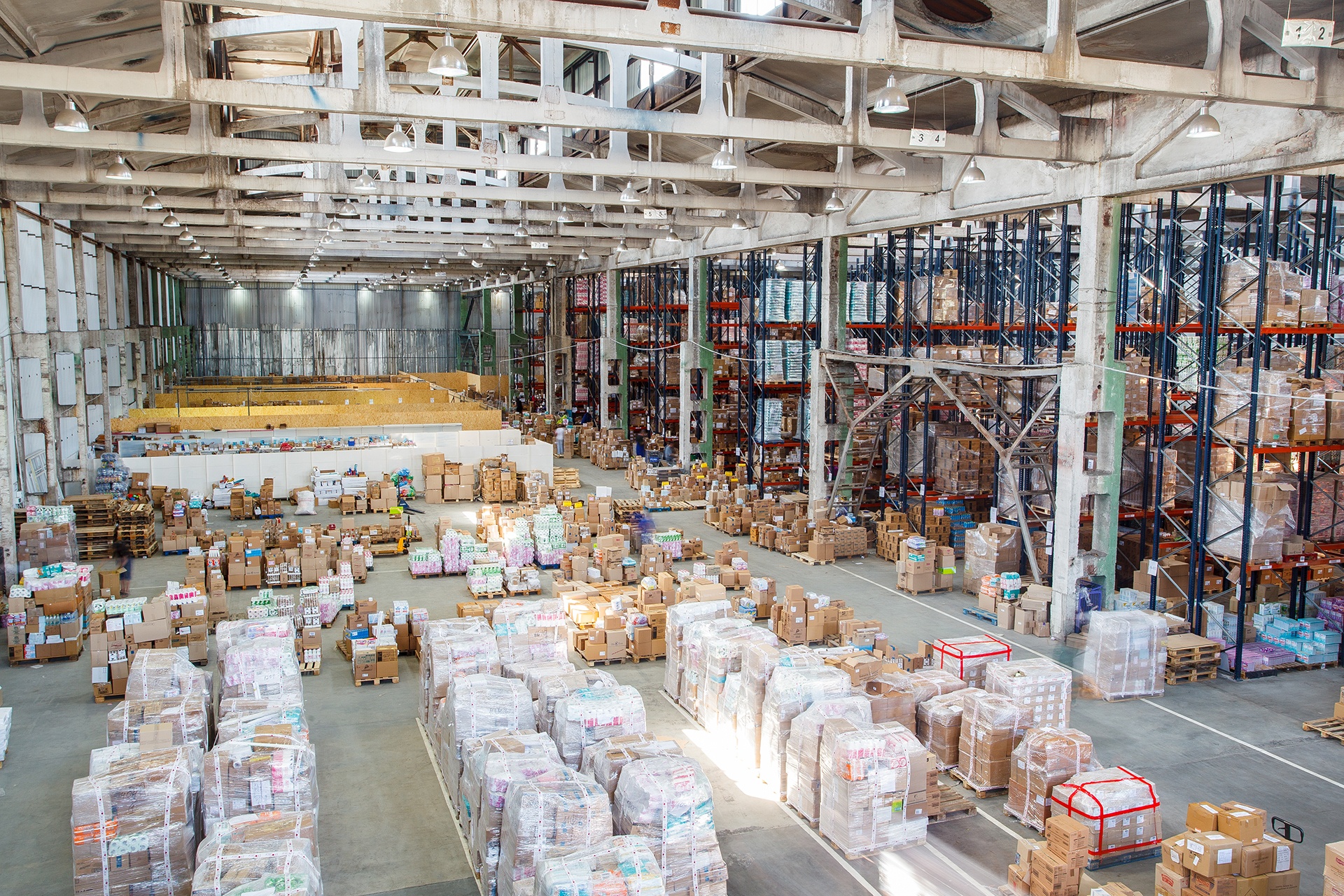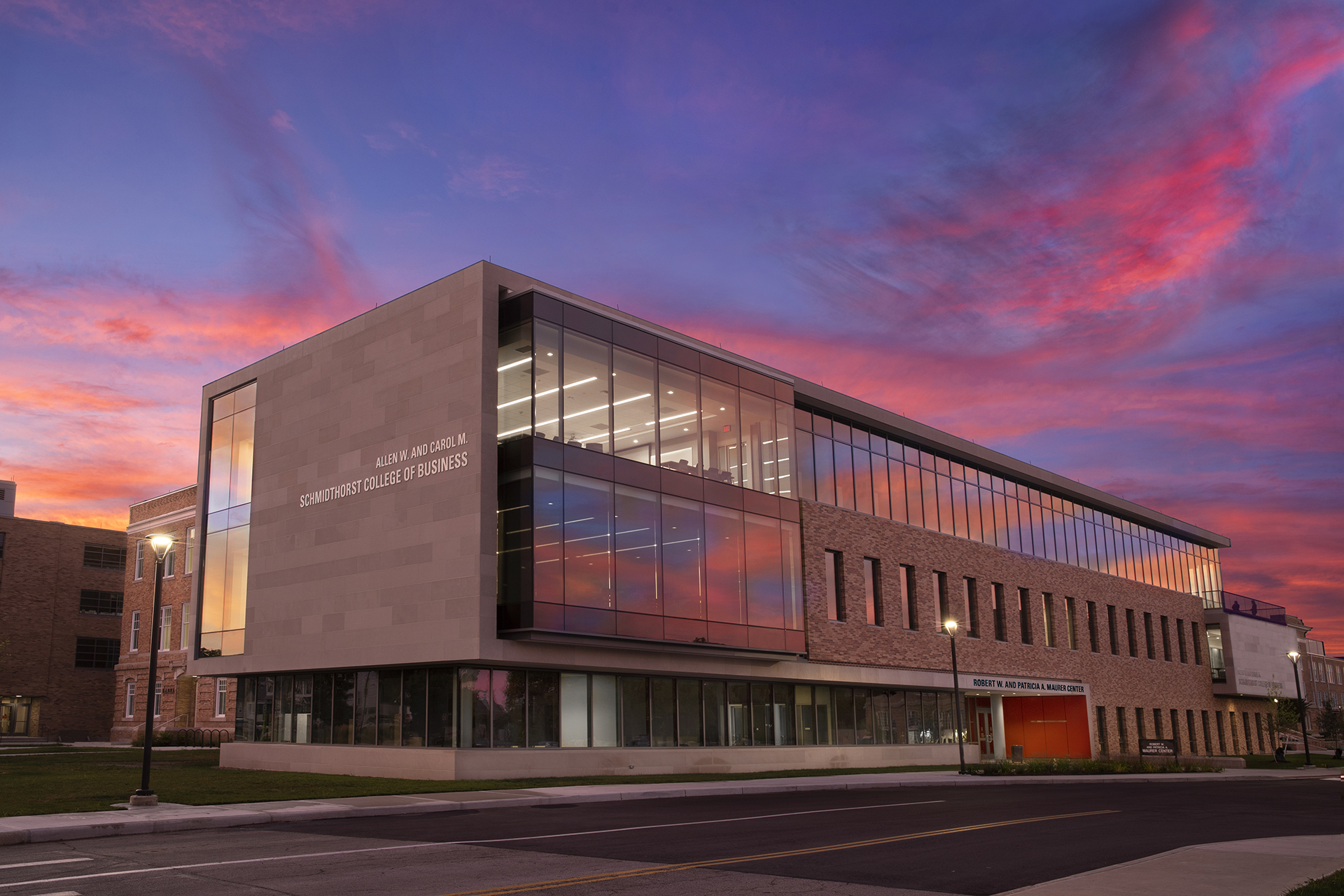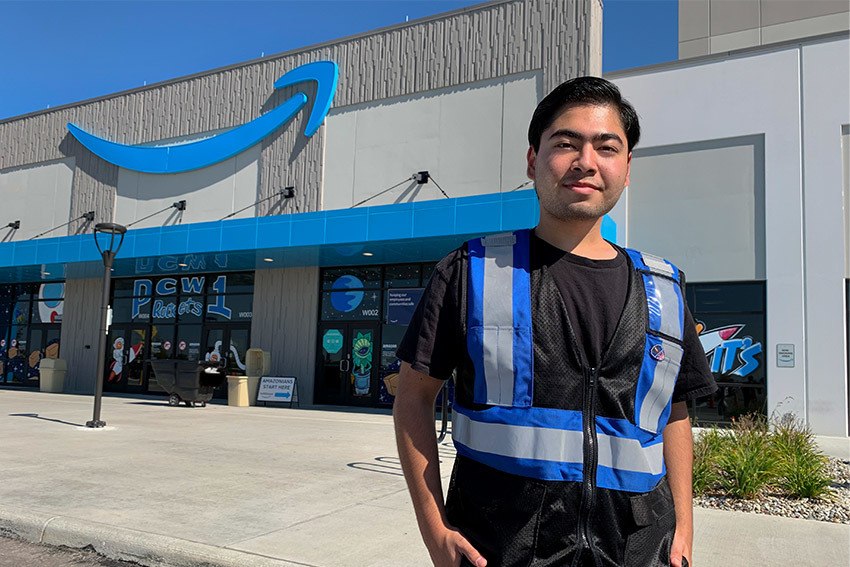
BGSU researcher: Supply chain issues could cause a holiday-season headache
Dr. William Sawaya says many factors tied to pandemic adding to delays
By Nick Piotrowicz
The scenes of a supply chain slowing to a crawl are visible just about anywhere one looks.
Businesses across the world are experiencing major issues simply stocking regular inventory as port cities are seeing container ships stuck in harbors for weeks at a time. Massive delays have become a daily occurrence for industries of all shapes and sizes and costs have gone up sharply as the world attempts to ship products as it once did.
Additionally, major shipping companies like UPS are advising consumers to start buying holiday gifts now in anticipation for massive backlogs during their busy season.
Coronavirus was the first and most important domino in disrupting supply chains, and while the virus continues to be a pervasive factor, current delays are not simply about infections.
Experts such as Dr. William Sawaya, chair of the BGSU Management Department that is home to Ohio's top-ranked supply chain program, are observing an unprecedented series of events started by COVID that have impacted the supply chain in nearly every way imaginable, and all at once.
No one in commerce has been immune to the lagging supply chain, he said.
“Every business, every manufacturer you know, including small suppliers that might be supplying a little tiny piece of your product or a little tiny portion of your service supply chain, have been impacted,” Sawaya said. “Massive companies are also impacted, as well as every logistics stage that you have to use, so whether that's trucking, shipping container terminals, airports, railroads — every single one you know.”
A moving target
During the pandemic, delays have been multi-layered and have happened in different stages, Sawaya said. Outbreaks have varied by country and even by specific regions of countries, so even when things seemed to be running fairly smoothly in the United States, a COVID flare-up in South America or Asia still could lead to significant delays for stateside companies, and vice versa.
Sawaya, who in 2019 published research about how organizations can prepare for the increasing digitization of supply chains along with BGSU Allen W. and Carol M. Schimidthorst College of Business colleague Dr. Janet Hartley, said the current situation has impacted even levels that most people don’t normally consider to be part of the supply chain.
Just like travelers going through an airport, goods also must clear administrative checks such as customs and receive certain government approvals depending on the items being transported. Any impact there, Sawaya said, adds yet another wrinkle to a system already clogged with delays.
“Those stages are also critical pieces, because if they aren't happening because people are not working because of COVID, that creates delays at those stages as well,” he said. “There have been delays at every single stage and because of the way COVID has flared up. In different countries, you get different delays at different times.”
Uncertainty of the moment
Ultimately, though, much of the challenge lies within supply and demand. Even during normal times, demand can rise and fall, for which companies often guard against by stocking additional inventory. COVID has created larger shocks in both supply and demand, leaving industries with significant uncertainties exacerbated by the supply chain.
“For most products, it has been the demand uncertainty: the fact that you don't know how much people are going to buy,” Sawaya said. “Firms carry inventory to buffer against this uncertainty of demand, but they also carry it to buffer against uncertainty of supply. How much are we going to be able to get?”
Typical delays in the supply chain, while sometimes unpredictable, are often smaller in scale, he said. Severe weather or a transportation incident might cause a long delay, but cases like that are rare in the grand scheme of the supply chain.
Now, however, disruptions affecting supply and demand uncertainty are both major ongoing issues for companies across the world.
“There are all kinds of things that can disrupt your supply chain, but normally, I think those supply disruptions are kind of in the minority and don't have as significant impact as the demand uncertainty does,” Sawaya said. “But what we saw during the pandemic were both things amplified and on steroids.”
A changing focus
Sawaya said reshoring — particularly for manufacturing sectors that moved operations overseas over the course of decades — has been a popular topic among companies in the United States, and something he thinks will increase significantly during the next five to 10 years.
Reshoring, however, comes with several obstacles. While many firms would love to wave a magic wand and return to full stateside production now, he said those efforts will take years to come to fruition.
Additionally, as more Americans have reconsidered the work that they are willing to do and for how much, manufacturing has been particularly hard hit by the labor shortage. Anecdotally, Sawaya said many factories are operating at about 80% of staffing due to issues finding enough labor.
For specialized products, he gave the example of the chip shortage in the automotive industry. For a new company that aims to meet the current crush of demand, it takes an investment of $1 billion to $2 billion and multiple years to create a new facility that can make them, at which point the demand may or may not be the same, he said.
So while coronavirus might have been the catalyst for current supply chain woes, there is a litany of factors that makes the process convoluted. The pandemic proved how reliant the various links in the chain were upon one another: When one has been affected, so have the others, leading to changes for virtually everyone.
“Now we have all kinds of other dynamics because supply chains are so complicated and so complex,” Sawaya said. ”There are just a lot of different factors that lead to things being behind or lead to shortages or other complications because it's all interconnected.”
Related Stories
Media Contact | Michael Bratton | mbratto@bgsu.edu | 419-372-6349
Updated: 11/01/2021 11:58AM



